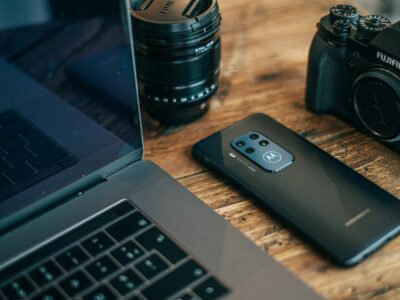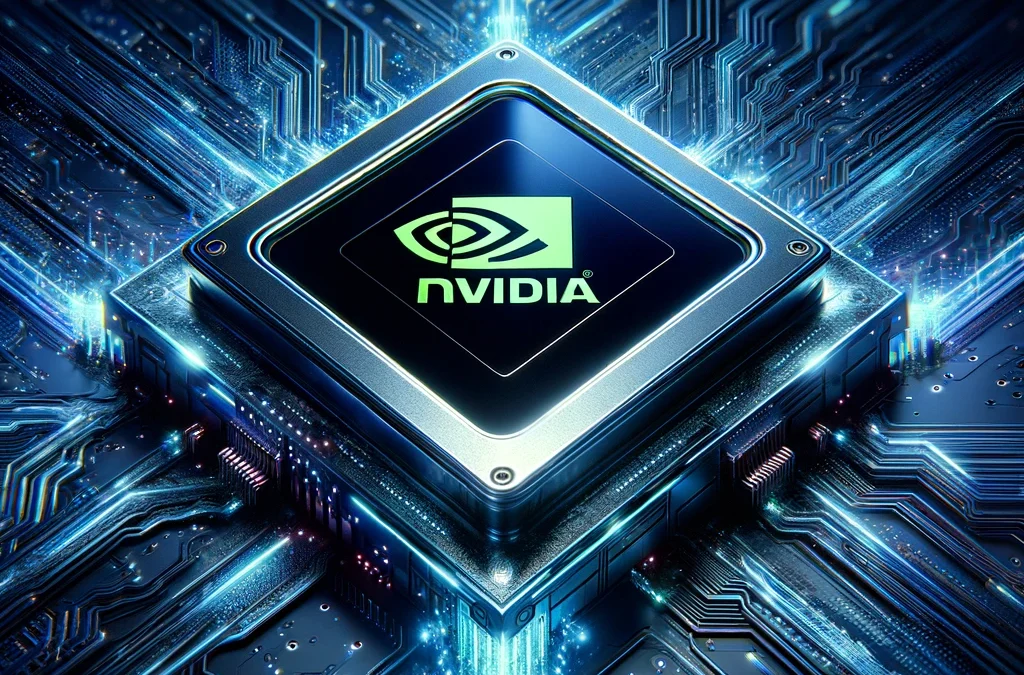
OpenAI’s Sora represents a significant advancement in the realm of artificial intelligence, specifically in the domain of video generation. It’s an innovative tool that harnesses the power of generative AI to transform written prompts into videos, a feature that sets it apart from other AI technologies. With Sora, videos up to one minute long can be created from simple text inputs or even from existing images, showcasing the tool’s flexibility and creative potential.
The core technology behind Sora is a combination of diffusion and transformer models. This blend ensures that while the transformer model is responsible for the overarching layout and structure of the video frames, the diffusion model intricately fills in the details. This dual approach guarantees a balance between global coherence and detailed precision in the videos produced. However, it’s important to note that Sora doesn’t fully grasp complex physical interactions or cause-and-effect, which might lead to certain anomalies in the generated videos.
Sora’s utility spans various fields, from social media content creation, where it can craft intricate and otherwise hard-to-film scenes, to advertising and marketing, offering a cost-effective solution for producing promotional videos. It’s also a valuable tool for prototyping and visualizing concepts in different industries, allowing for rapid development of product or scene mockups. Furthermore, Sora can be used to create synthetic video data, particularly useful for training computer vision systems in sensitive areas where real data is inaccessible.
Despite its impressive capabilities, Sora’s introduction into the public sphere raises ethical and societal concerns. The potential for creating deepfake content or misleading videos is a prominent issue, particularly in the context of misinformation or disinformation campaigns. The tool’s outputs might also reflect biases present in its training data, perpetuating stereotypes or cultural biases.
As of now, Sora is in the testing phase, with OpenAI rigorously assessing its capabilities and risks. The company is engaging with experts and policymakers to address potential issues related to misinformation, bias, and safety before releasing the tool to the public. This cautious approach signifies OpenAI’s commitment to responsible AI development and deployment.
In the landscape of AI-generated video tools, Sora stands out for its high-quality outputs and innovative technology, though there are other alternatives like Runway Gen-2 and Google’s Lumiere. However, Sora’s nuanced video generation capabilities and potential applications set it apart in the field of AI-driven video creation









